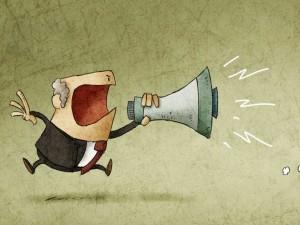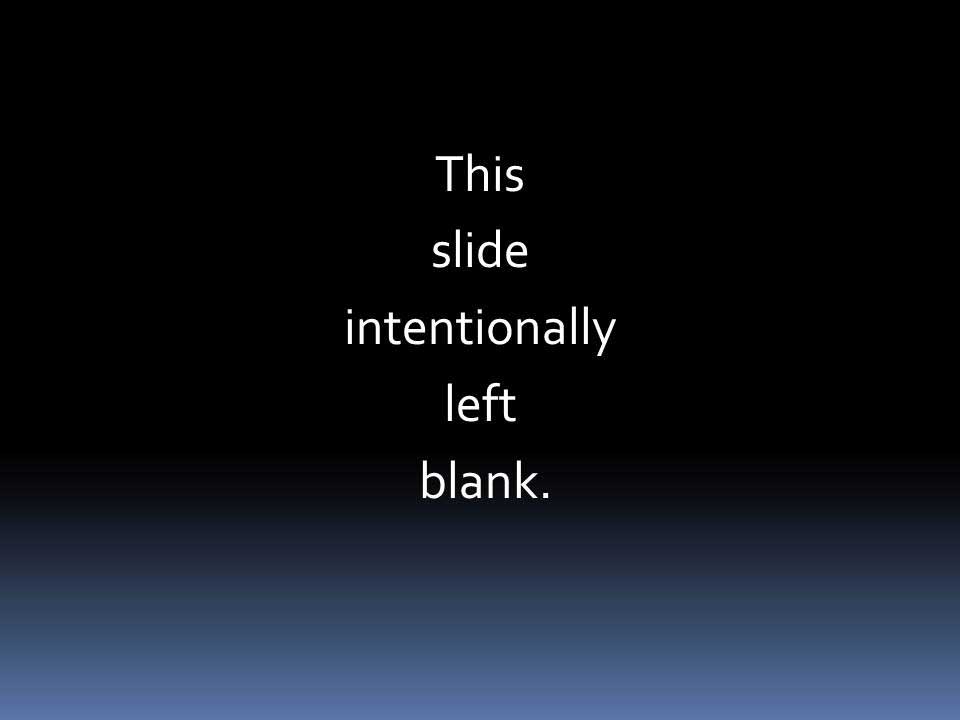What can I offer that will be most helpful to them?
A number of years back I was asked by a friend to fill in for her as the monthly speaker at a local business association meeting. I was and still am committed to the idea that to become better at speaking you must speak. And not to your dog or to yourself in front of a mirror. You have to go through the preparation and the experience of presenting to a group. So I accepted.
I was unsure of who this group was. What were they expecting and how could I dazzle them with my subject matter brilliance? I struggled with this as I prepared my notes and my slides. Even though I had carefully researched this group the answers weren’t coming to me as easily as with other groups. I was filled with doubt as to whether accepting this assignment was a good idea or not.
The night before my presentation I reframed my internal talk to something like this: What can I offer that will be most helpful to them?
When I reoriented my thoughts to their point of view and their unique needs everything fell into place. It helped me be more genuine as a presenter and the audience could certainly sense it. They responded very enthusiastically.
It sounds obvious, but we often forget that when you are searching for how to connect with your audience you may need to stop trying to impress them with you — put yourself in their shoes and see what you have that is most beneficial to them.




